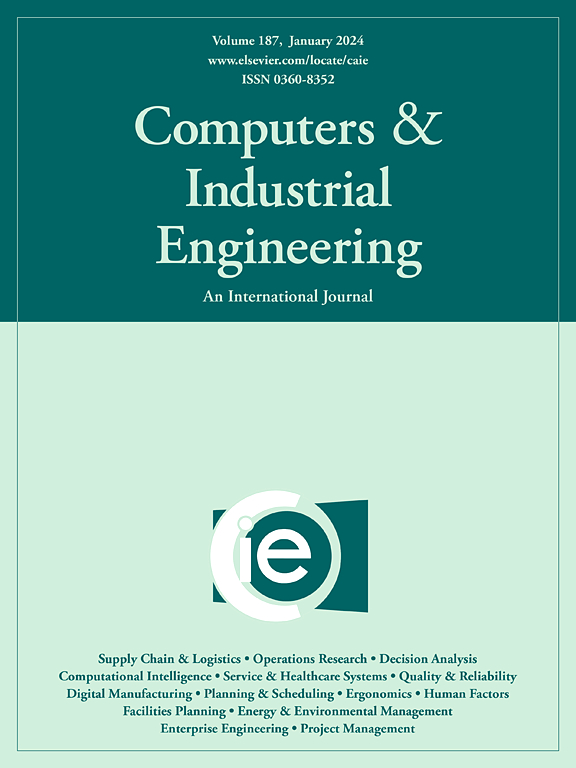Identification of key enterprise sources and design of target emission reduction pathways contributing to air quality based on unsupervised learning and explainable prediction – A case study of Beijing
IF 6.5
1区 工程技术
Q1 COMPUTER SCIENCE, INTERDISCIPLINARY APPLICATIONS
引用次数: 0
Abstract
Industrial enterprises are the emission sources whose operations directly affect air quality. Identification of key sources and design of emission reduction pathways for enterprises have been crucial elements of air quality prevention. However, most current studies on air quality prevention focus primarily on macro-level pollution influencing factors or pollutant sources, often failing to to trace the main entity sources contributing to air quality degradation. Therefore, this paper firstly selects Kmeans to cluster the enterprises’ emissions data based on their geographical locations, considering that the enterprises data is noise-free, exhibits clear distance relationships, and is supported by comparisons of multiple clustering effects. Subsequently, we align the industrial enterprise emission clusters with air quality monitoring data, select SVR suitable for predicting the integrated small-sample dataset for air quality forecasting, and utilize the interpretability method SHAP to identify industrial enterprise clusters that have a significant impact on air quality. Finally, the entropy weight method is utilized to determine the different pollution levels of enterprises based on their contributions to air quality and the four quadrants method is applied to classify the enterprises under each pollution level. Based on this classification, the sources of enterprise pollution emissions are investigated, and emission reduction pathways are designed for each category.
基于无监督学习和可解释预测的重点企业污染源识别与空气质量目标减排路径设计——以北京市为例
工业企业是直接影响空气质量的排放源。确定主要污染源和设计企业减排途径是预防空气质量的关键要素。然而,目前对空气质量预防的研究大多集中在宏观层面的污染影响因素或污染源上,往往未能追踪到导致空气质量退化的主要实体来源。因此,考虑到企业数据无噪声,距离关系清晰,多重聚类效果比较支持,本文首先选取Kmeans基于地理位置对企业排放数据进行聚类。随后,我们将工业企业排放集群与空气质量监测数据进行比对,选择适合预测空气质量综合小样本数据集的SVR,并利用可解释性方法SHAP识别对空气质量有显著影响的工业企业集群。最后,利用熵权法根据企业对空气质量的贡献来确定不同污染程度的企业,并采用四象限法对不同污染程度下的企业进行分类。在此基础上,对企业污染排放的来源进行了调查,并针对每个类别设计了减排路径。
本文章由计算机程序翻译,如有差异,请以英文原文为准。
求助全文
约1分钟内获得全文
求助全文
来源期刊

Computers & Industrial Engineering
工程技术-工程:工业
CiteScore
12.70
自引率
12.70%
发文量
794
审稿时长
10.6 months
期刊介绍:
Computers & Industrial Engineering (CAIE) is dedicated to researchers, educators, and practitioners in industrial engineering and related fields. Pioneering the integration of computers in research, education, and practice, industrial engineering has evolved to make computers and electronic communication integral to its domain. CAIE publishes original contributions focusing on the development of novel computerized methodologies to address industrial engineering problems. It also highlights the applications of these methodologies to issues within the broader industrial engineering and associated communities. The journal actively encourages submissions that push the boundaries of fundamental theories and concepts in industrial engineering techniques.
 求助内容:
求助内容: 应助结果提醒方式:
应助结果提醒方式:


